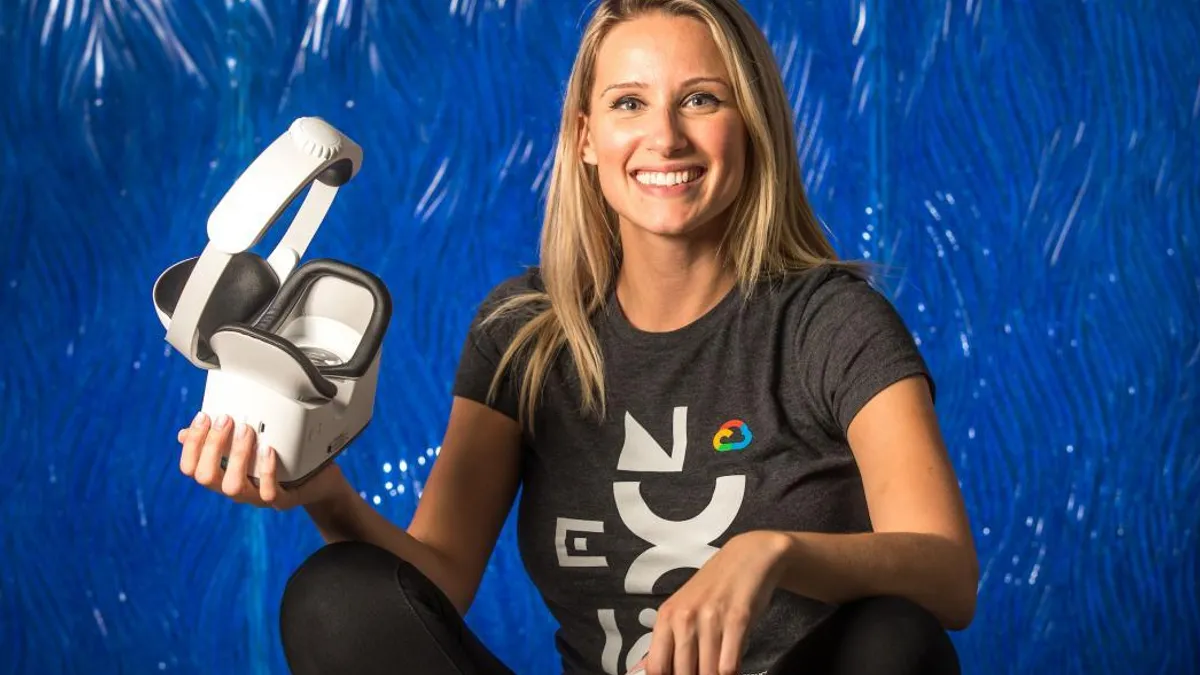This is the first iteration of our new Innovation Column, which will run the third Thursday of every month. If you think your institution is implementing a practice or program that is particularly innovative, please reach out to [email protected] and tell us about it!
Innovation in the broadest sense denotes a creative change to alter the status quo — everything from automation and gene-altering technologies to grandiose ideas. But, in the higher education industry, innovation is not so clear cut.
Alana Dunagan, research fellow at the Clayton Christensen Institute, spoke about this at a Council for Higher Education Accreditation event last June, explaining there are two ways of understanding innovation: sustained versus disruptive.
“Disruptive innovations make products and services cheaper and more accessible, while sustaining innovations makes them more complex and more expensive,” said Dunagan.
In other words, sustained innovation maintains the current framework of competitive idea engineering, while disruptive developments change the trajectory of how leaders must operate for their institutions to stay competitive, or even survive. Over the last decade, many education experts would point to the dramatic growth of online education as being disruptive, for instance.
These two terms present an important distinction, because as institutions struggle to attract and retain students, sustaining innovation may not be enough. West Virginia University President Gordon Gee, at a Committee on Economic Development’s policy conference last year, told higher ed leaders if they wanted the industry to survive, they’d have to stop thinking about change in the industry as a box, but as a flowing conversation with points for opportunity.
“Most universities are like elephants. They’re big, they’re slow, they’re bureaucratic, and they don’t want to change,” he said. “There’s already a long tail of credentials that have no value with employers — certificates have even less [value]. We’ve tended to address this with a supply-driven mentality.”
The bottom line, Gee said, is that institution leaders need to adapt to the needs of both students and employers as they consider new strategies. Otherwise, innovation may be the equivalent of moving like a slow “elephant,” rather than like a quick and calculated “ballerina.”
So, what is successful innovation?
The Teachers Insurance and Annuity Association of America recently considered this query in its “Innovation, Transformation, and Change Leadership” report. The author, Maureen Devlin, a TIAA fellow and senior advisor to the Forum for the Future of Higher Education, looked into best practices at institutions that successfully translated ideas into tangible results.
Devlin found that as leaders innovate, it’s critical to cut “through the noise” of rhetoric surrounding the industry pressuring change initiatives. Instead, it’s important for leaders to consider what it means to stay true to a mission or navigate an uncertain financial or political environment. The key takeaways from the report include that positive change does not necessarily have to be disruptive, and that decisions made during times of crisis are likely not the best ones.
Devlin also found it’s better to creatively adapt than to be constantly reactive to industry changes, and that there are some key contributions to a successful innovation mindset. These include diversity of people in the consulted mix, all of whom have different backgrounds, opinions and perspectives, as well as some individual autonomy granted to leaders in their decision-making power and intrinsic motivation to persevere.
Innovation is likely more successful when it is shifted from a fixation on the need to change to a vision of realistic, positive outcomes, she said. But of course, this mindset must be accompanied by formal evaluations, trackable benchmarks and ample time to go through different iterations of an idea. And above all, the institution should be leveraging its unique strengths.
Edward Leonard, former president of Bethany College, a small institution in Kansas, said in the report that successful change is preceded by failure, and that each move to advance creative change ought to consider the college’s inherent culture and spirit.
“If you don’t align the culture to where you want to be, the culture’s going to be a firewall and it’s going to block you,” he wrote. “We knew we had to begin to move the culture to being more entrepreneurial, being more innovative. It’s okay to experiment and fail. We’ll celebrate that failure, because now we know what not to do.”

















